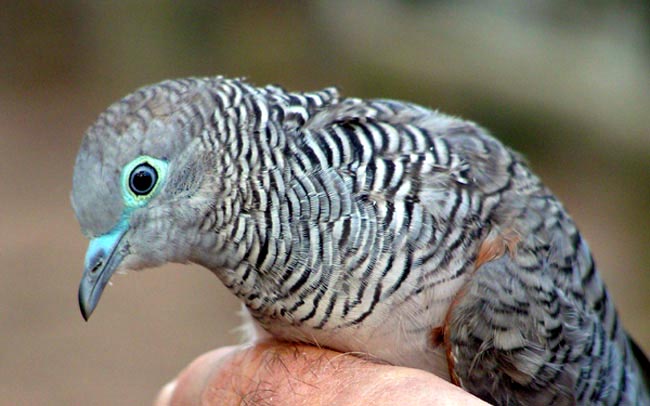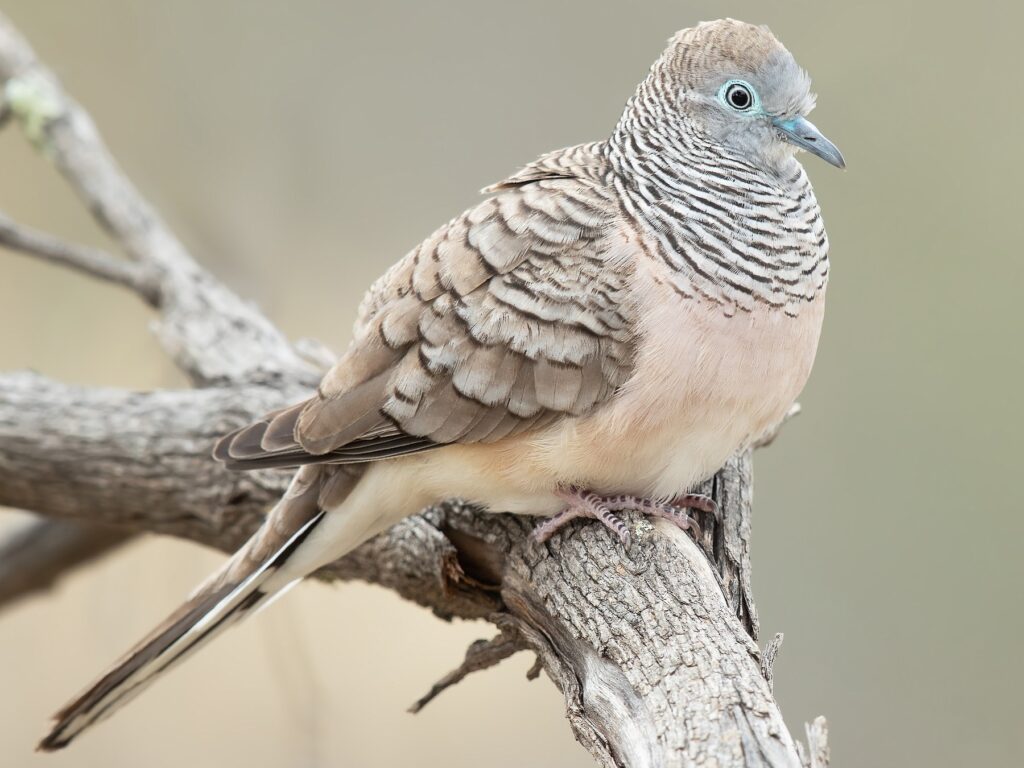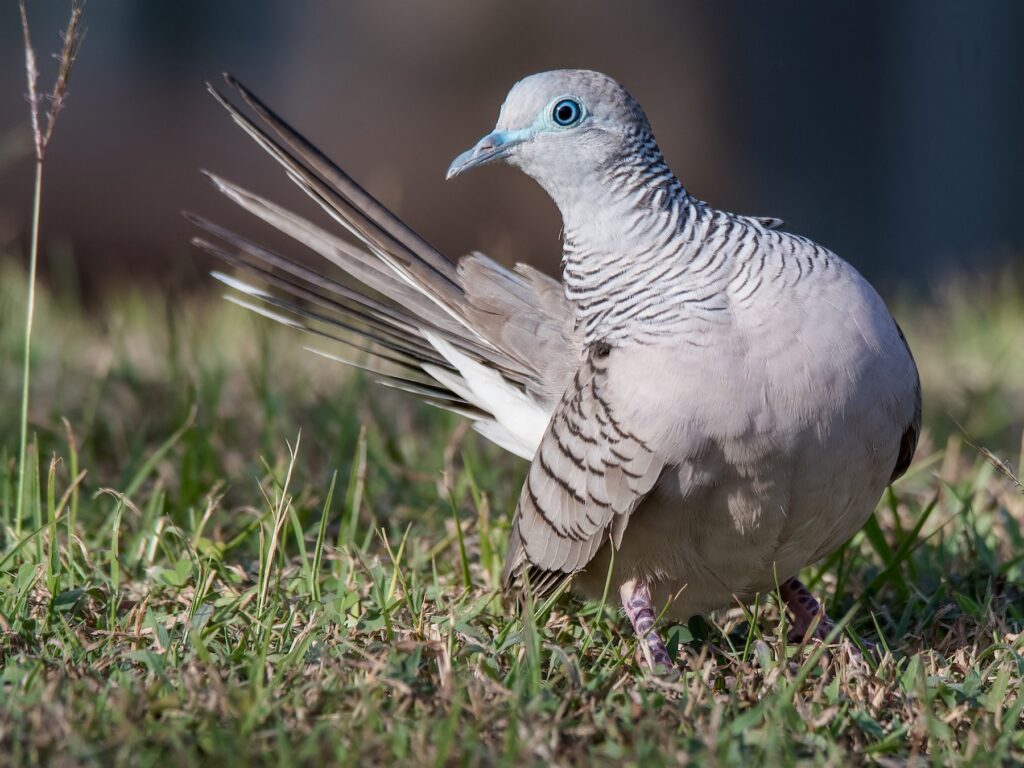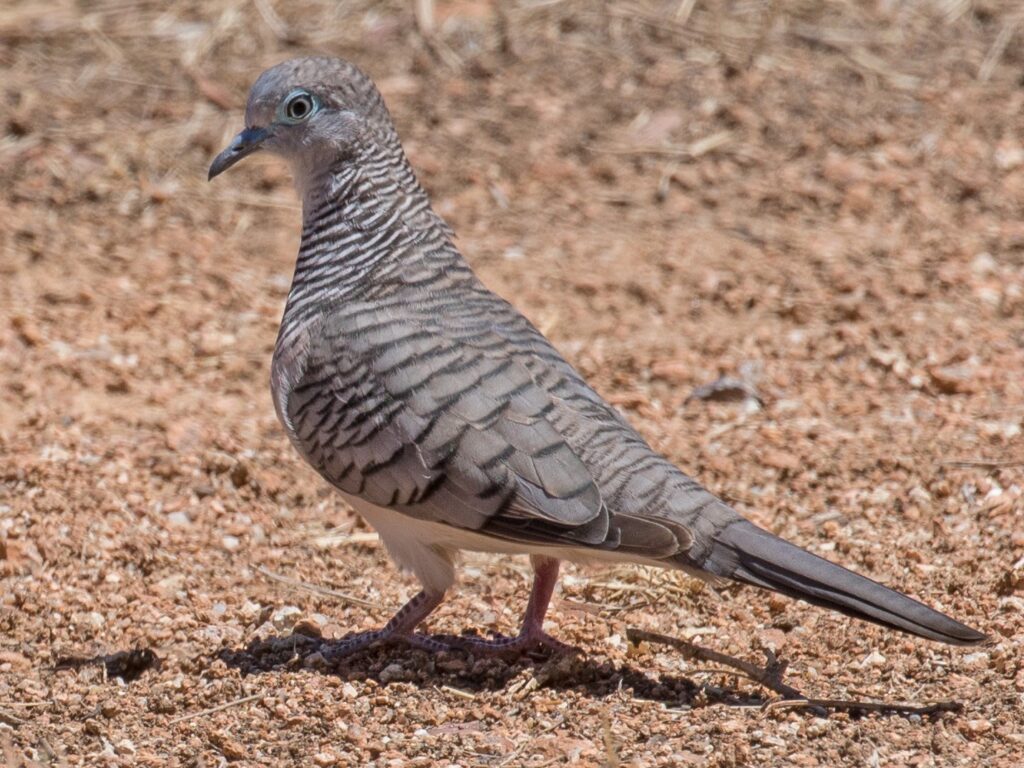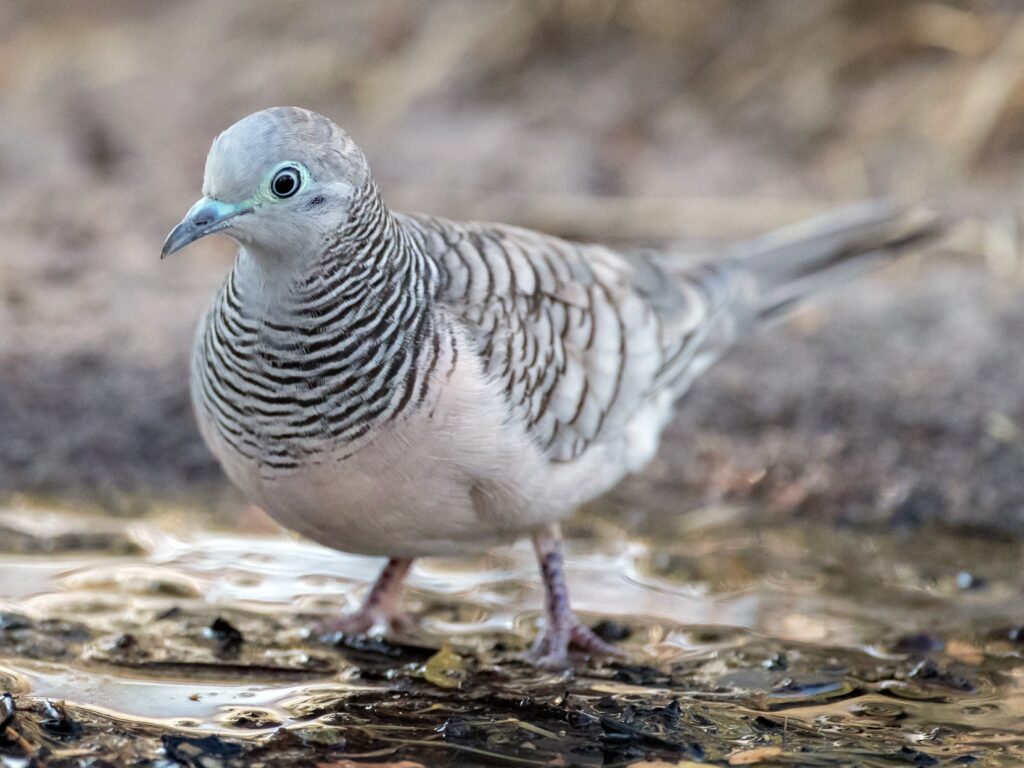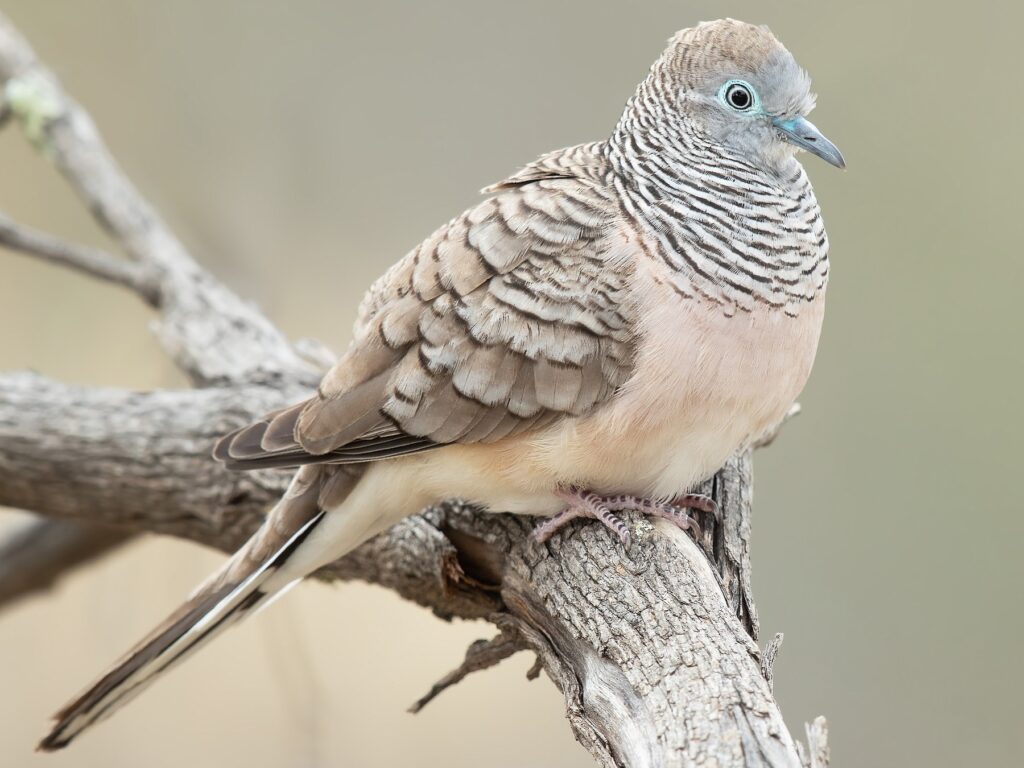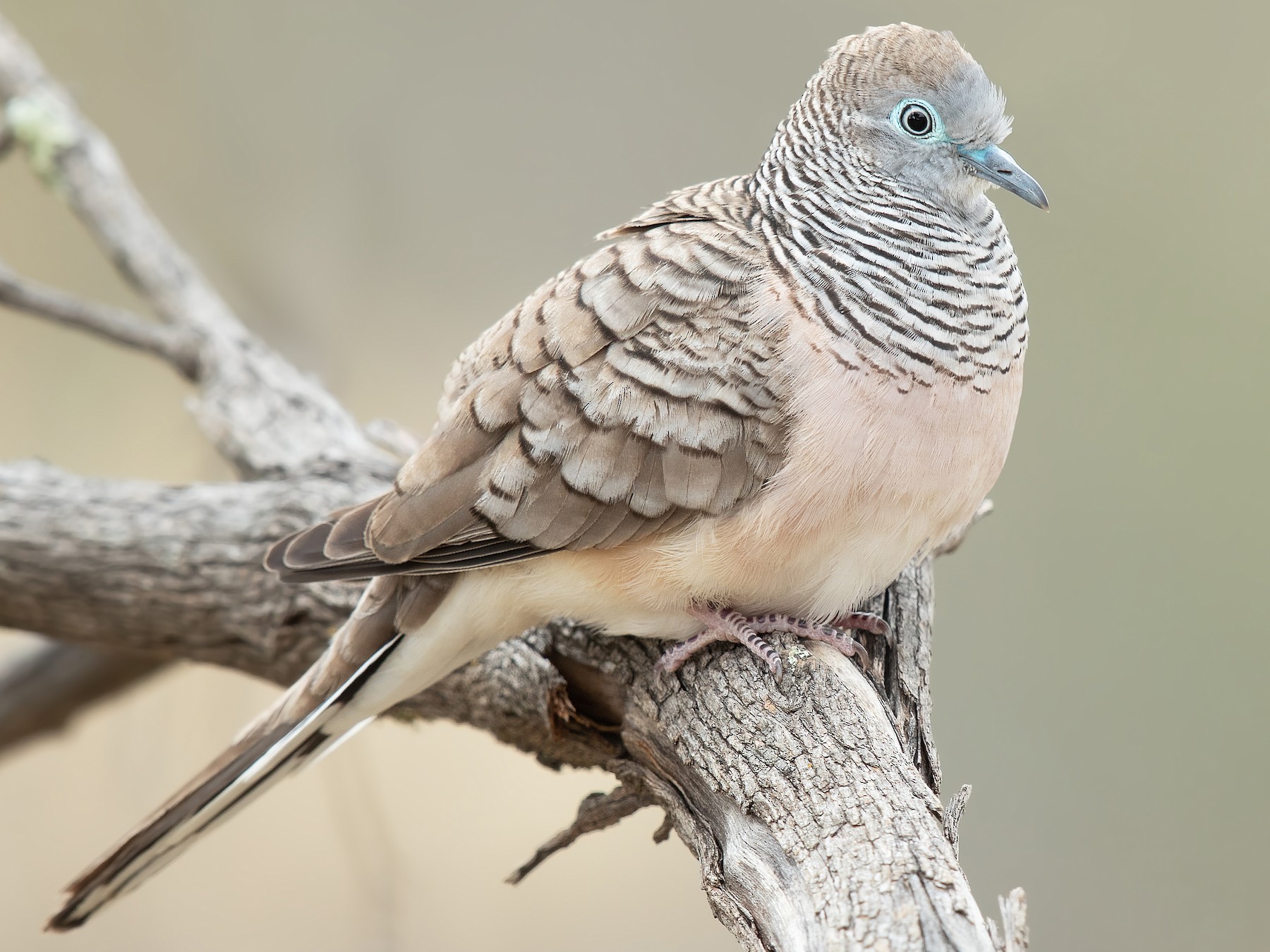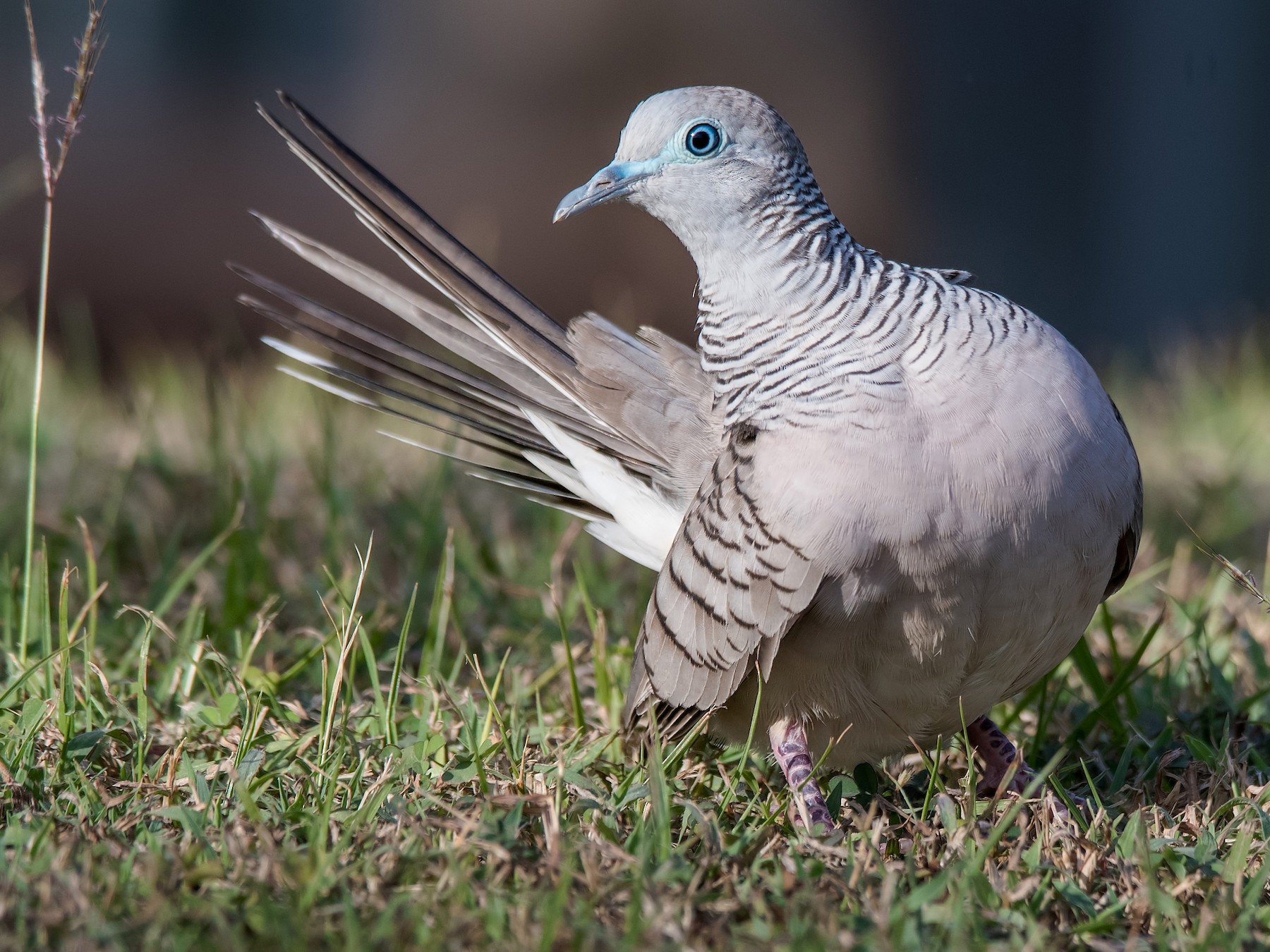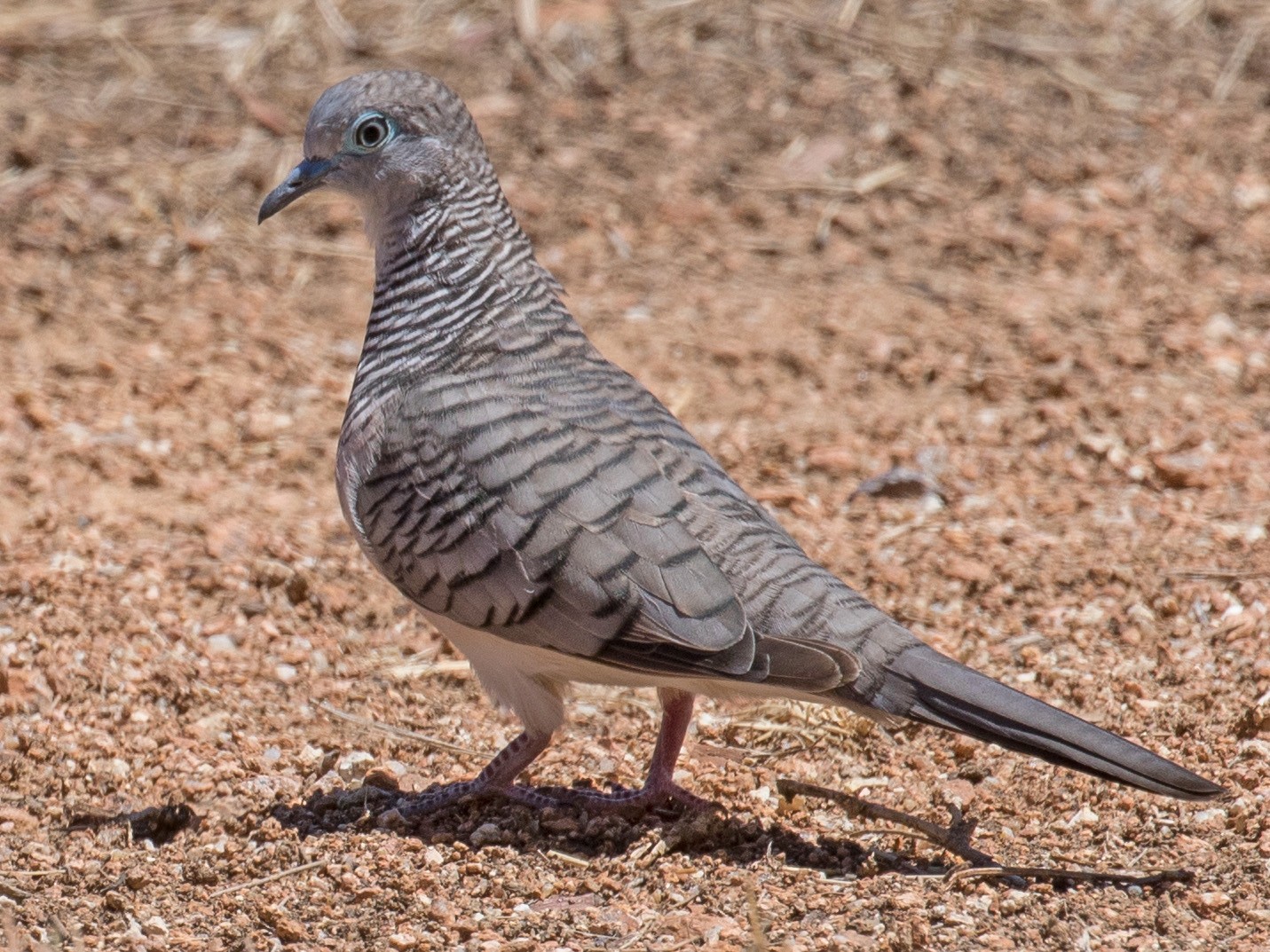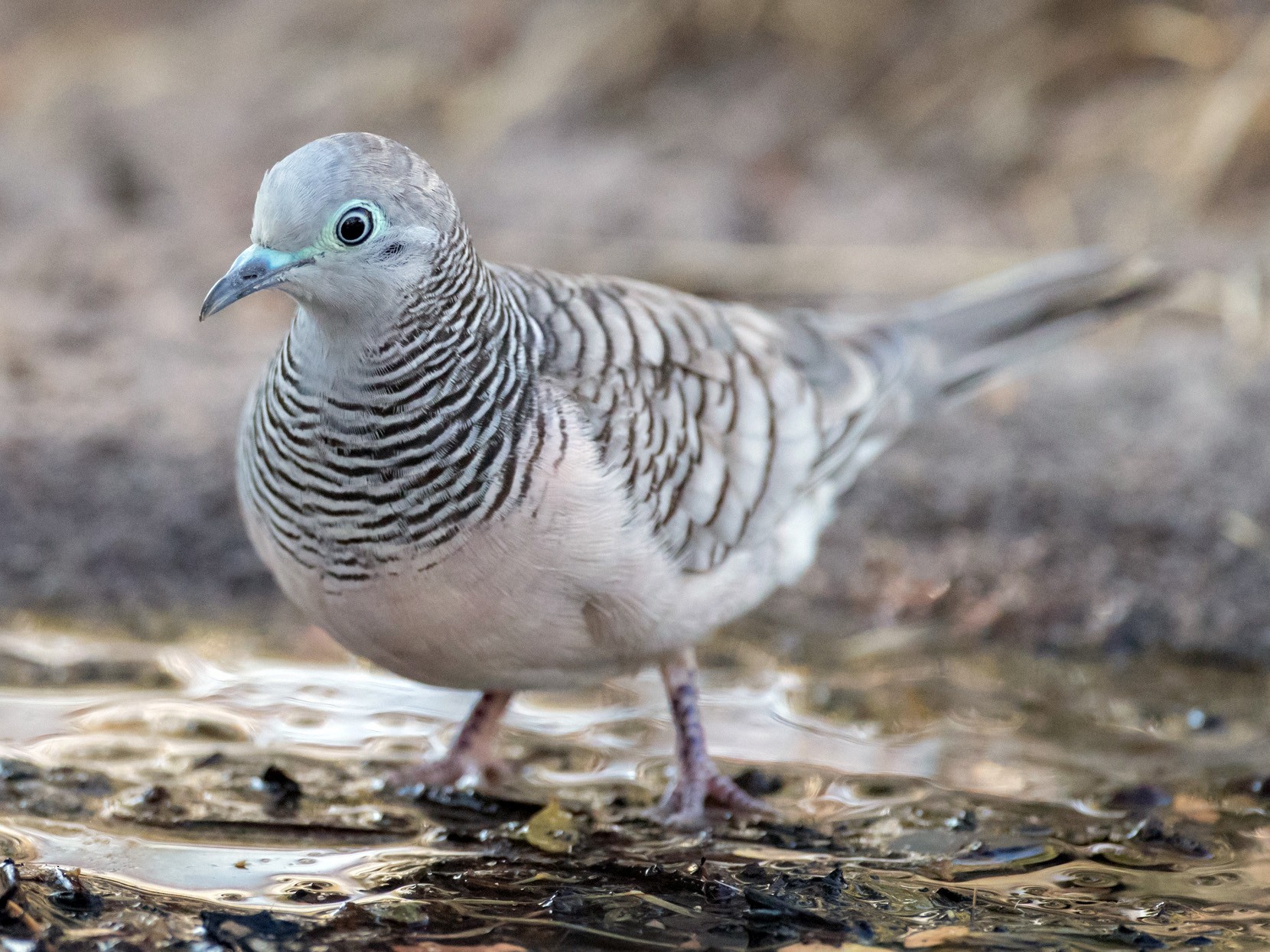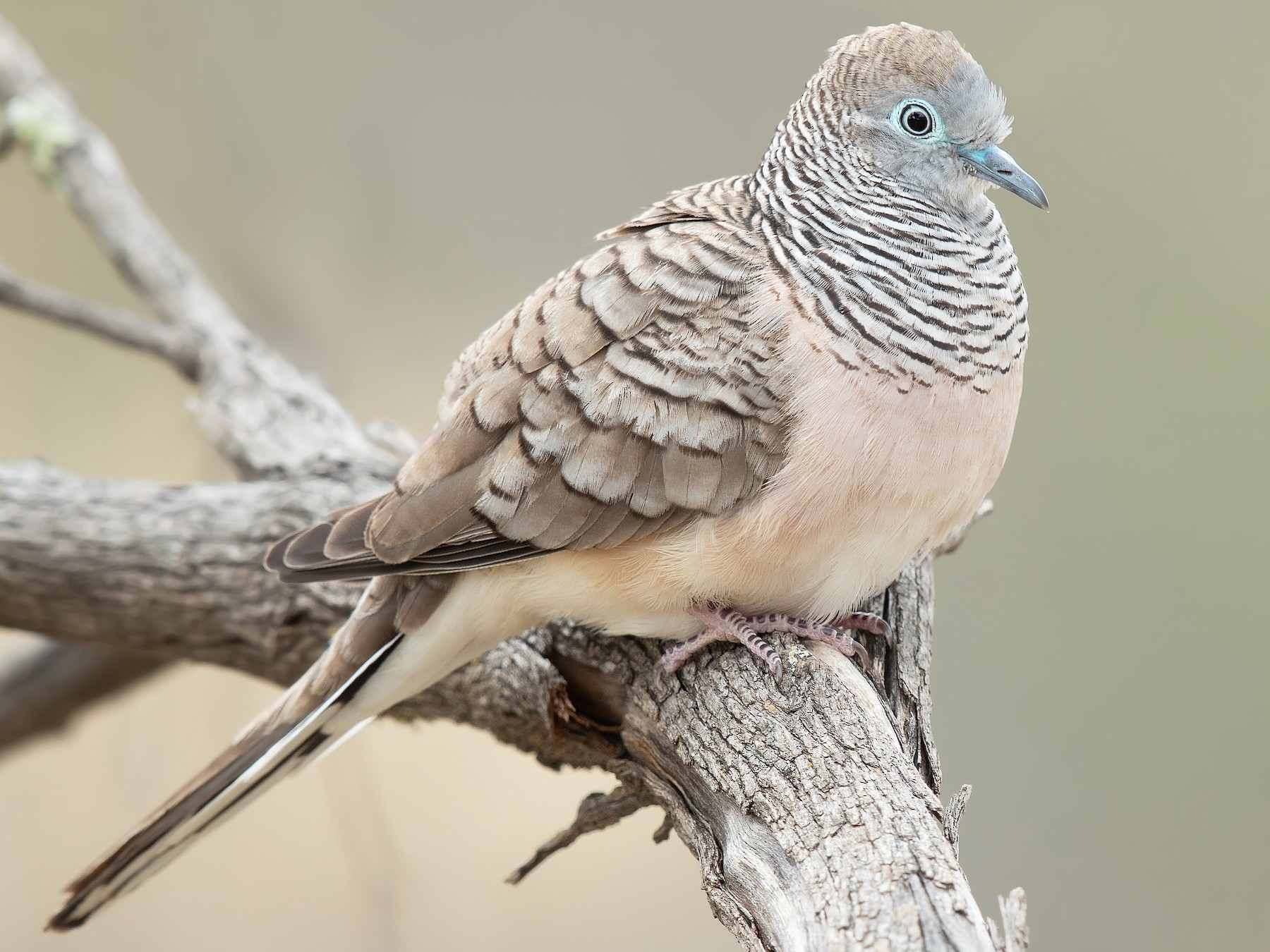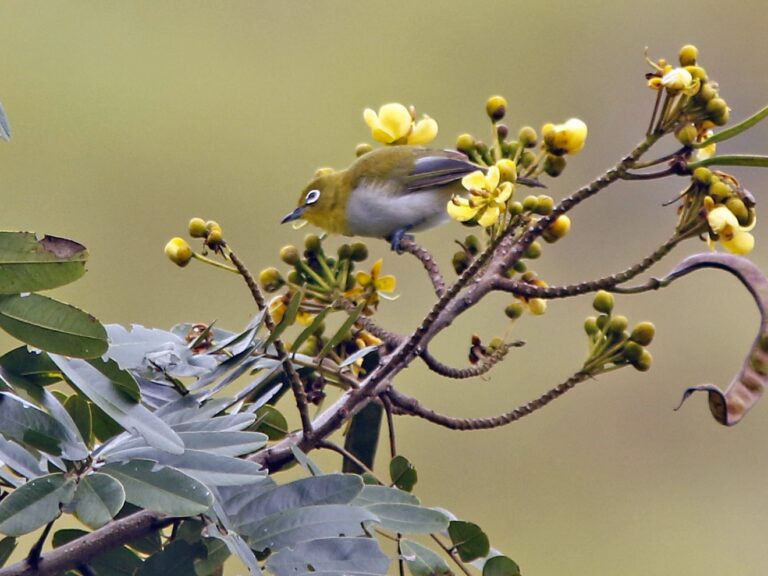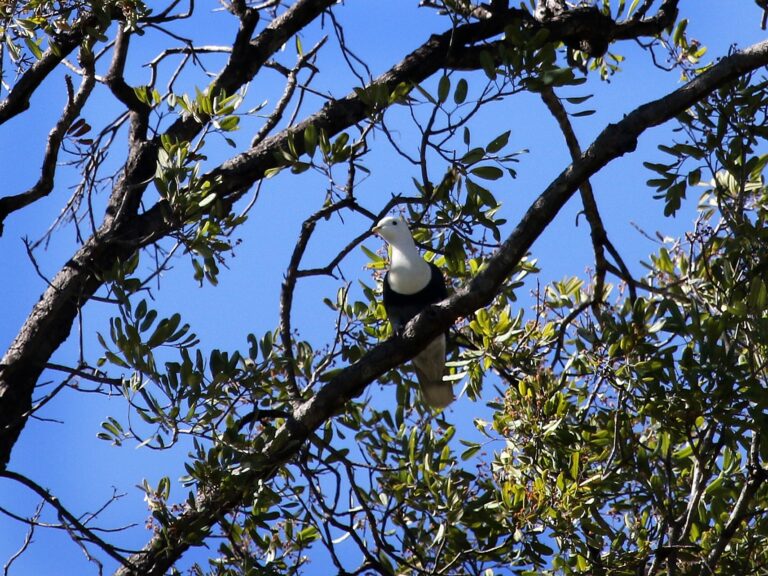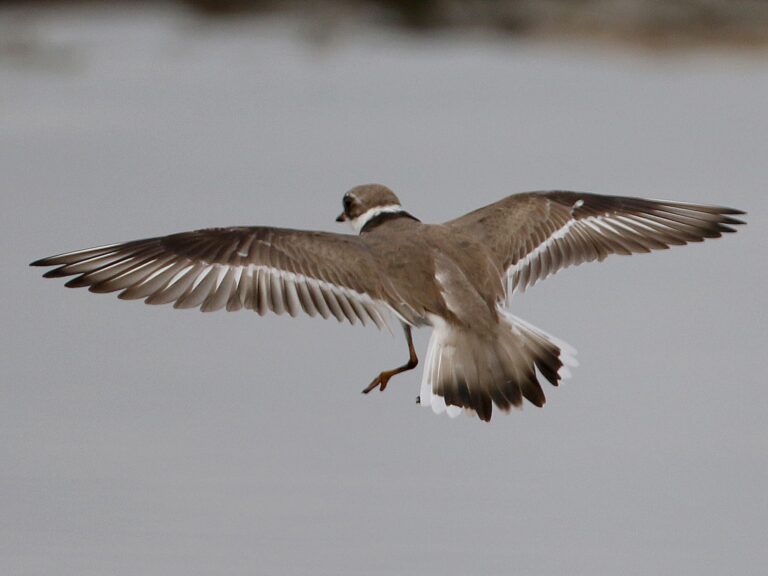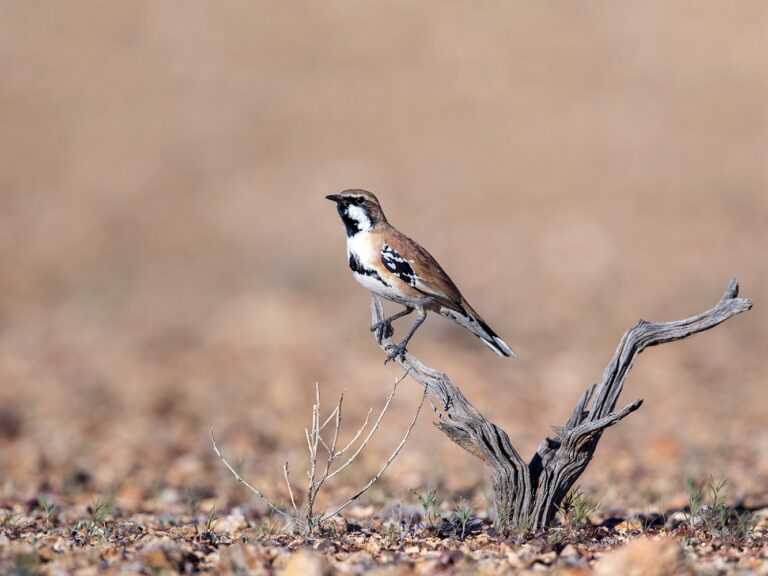Peaceful Dove: A Fascinating Look at the Gentle Songbird of the Australian Outback
The Peaceful Dove is a small bird native to Australia and New Guinea, known for its delicate appearance and gentle nature. It has a distinctive barred pattern on its neck and chest and a pale blue ring around its eye, making it easy to identify.
This dove is closely related to the zebra dove found in Southeast Asia.
It prefers open woodlands, grasslands, and urban areas where it can often be seen foraging on the ground for seeds. The Peaceful Dove is social and usually found in pairs or small groups, showing calm behavior compared to many other birds.
Key Takeways
- The Peaceful Dove has a unique barred pattern and blue eye-ring.
- It lives in Australia and New Guinea, preferring open and urban spaces.
- It often forms small groups and feeds mainly on seeds.
Overview of the Peaceful Dove
The Peaceful Dove is a small bird known for its distinct markings and quiet nature. It belongs to a specific pigeon family and shares traits with other similar doves.
Its appearance and classification help set it apart from related species.
Physical Characteristics
The Peaceful Dove is a small and sturdy bird. It has gray feathers with tight black barring on the neck and chest.
Its back and wings show tiny black crescent shapes. A notable feature is the pale blue ring around its eye.
The bird has a long, tapered tail and wedge-shaped wings. Its beak area, called the cere, also stands out in color.
This dove’s size is close to that of the zebra dove but slightly smaller than the barred dove. Its overall look helps it blend well in grassy, open areas.
Taxonomy and Classification
The Peaceful Dove’s scientific name is Geopelia placida. It belongs to the dove family, Columbidae.
This species is native to Australia and New Guinea. It is closely related to the zebra dove, which lives in Southeast Asia.
Both doves share many features but differ in size and markings. The Peaceful Dove’s classification reflects these close ties within the group of small ground-feeding doves.
Comparisons with Similar Species
The Peaceful Dove looks very similar to the zebra dove but is generally smaller. The zebra dove’s markings are less heavy, and it lacks the crescent shapes on its wings.
Compared to the barred dove, the Peaceful Dove is smaller and slimmer. The barred dove has a bulkier build.
The Peaceful Dove prefers open spaces with grass, making its habitat choice different from some relatives. These details help bird watchers tell it apart from similar species in the same region.
More details on the Peaceful Dove’s appearance and habitat can be found at eBird.
Habitat and Geographic Distribution
The peaceful dove lives in a variety of natural and human-influenced settings. It is mainly found in certain parts of Australia and New Guinea.
Its choice of habitats includes open areas with some vegetation for cover. It has shown some ability to adjust to urban spaces.
Preferred Environments
Peaceful doves favor dry, open grasslands with some scrub or low bushes. They often use this vegetation for cover and protection from predators.
Eucalyptus forests are another common habitat, where the trees provide shelter and food sources. They are also found in subtropical and tropical moist shrublands.
These environments support their need for seeds and water. Peaceful doves avoid dense forests or very wet areas.
They prefer more open spaces where they can move and feed easily.
Range in Australia and Beyond
This species is widespread across most of mainland Australia. It is not usually found in Tasmania, the southwestern part of Western Australia, or southern Victoria.
The doves also live in parts of New Guinea. Their range in Australia has been shrinking in some areas, possibly due to habitat changes and human activity.
Despite this, peaceful doves remain common across much of the continent. They continue to occupy natural habitats where conditions are favorable.
Urban and Rural Adaptations
Peaceful doves have adapted to live near human settlements. In rural areas, they often live on farmland and grazing land, using scattered trees and bushes for cover.
They benefit from the mix of open ground and vegetation. In urban areas, they can be found in parks, gardens, and around buildings.
Their ability to live close to humans depends on access to seeds and water. This flexibility helps them survive in changing landscapes.
For more detailed information about the peaceful dove’s range, visit BirdLife DataZone.
Behavior and Social Structure
The Peaceful Dove lives mostly in pairs or small groups. It spends much time on the ground looking for food.
Its behavior is calm, and social interactions are usually gentle.
Feeding Habits
The Peaceful Dove mainly eats small seeds. It forages on the ground in open areas like gardens and streets.
It prefers places with low vegetation where it can see predators easily. This bird often feeds in groups to stay safer from predators.
The size of the group can affect how alert the birds are, with larger groups able to spot threats sooner. It will move locally depending on food and water availability.
The diet also includes small insects occasionally. The Peaceful Dove usually feeds during daylight and stays close to cover like bushes to hide quickly when danger appears.
Mating and Breeding
Peaceful Doves form pairs that stay together through the breeding season. They build nests in low trees or shrubs, using twigs and grasses.
Both parents take turns in incubating the eggs and feeding the chicks. Breeding can occur several times a year if conditions are good.
Usually, two eggs are laid per clutch. The young leave the nest about two weeks after hatching but still rely on parents for food for some time.
Pairs are fairly territorial during breeding but tend to be peaceful around other birds outside this period. Their social bonds help in cooperative protection of the nest.
Vocalizations
The Peaceful Dove has soft, repetitive calls. These sounds are used to communicate between mates and signal alertness to others nearby.
Their call is a series of gentle coos, often heard at dawn and dusk. It helps maintain the pair bond and keep flocks together.
Calls also play a role in warning others of predators without drawing too much attention. Quiet, low-volume sounds assist them in staying alert while avoiding danger.
For more on social behavior, see the Peaceful Dove facts.
Role in Ecosystems
The Peaceful Dove plays an important role in its habitat by interacting with plants and animals. It contributes to plant growth and faces certain natural threats that help balance ecosystems.
Seed Dispersal
The Peaceful Dove helps spread seeds by eating small fruits and dropping the seeds as it moves around. This process aids in the growth of plants in grassy and wooded areas where the bird lives.
Seed dispersal by this bird supports the regeneration of native plants. It often visits open habitats with grassy understorey and bushes.
These habitats benefit from the seeds it spreads. By aiding in seed movement, the Peaceful Dove contributes to habitat diversity and helps maintain food sources for other animals.
This role helps stabilize local ecosystems in a natural way.
Predators and Threats
The species faces threats mainly from predators like snakes, larger birds, and small mammals that prey on adults and eggs. Its simple nest design makes its eggs and chicks vulnerable to these threats.
Human activities do not currently pose large threats to the Peaceful Dove, and its population is stable. However, habitat changes could affect future survival in specific areas.
Predation and environmental changes keep the Peaceful Dove’s population in balance with other wildlife. These pressures prevent overpopulation and support a dynamic ecosystem.
For more about its habitat and nest, see Birds of the World.
Conservation and Human Interactions
The peaceful dove is not currently endangered, but it interacts with humans in ways that shape its survival. Its gentle nature has cultural value, and birdwatchers seek specific tips to notice it in the wild.
Current Conservation Status
The peaceful dove (Geopelia placida) is listed as a species of least concern. It has a stable population across Australia and New Guinea.
Unlike many birds facing habitat loss, this dove adapts well to various environments, including urban areas. No major threats are causing a significant decline.
Hunting or trapping is minimal. Conservation efforts focus on preserving natural habitats rather than urgent protections.
Monitoring the population helps ensure it stays healthy.
Cultural Significance
The peaceful dove holds symbolic meaning as a bird of peace and gentleness. Its calm behavior makes it an emblem of innocence and tranquility in many cultures.
This symbolism has lasted for thousands of years, often inspiring art and stories. People appreciate the dove’s gentle appearance and soft cooing call.
In some regions, it represents harmony between nature and human life. Such cultural value encourages efforts to protect these birds and their habitats.
Tips for Birdwatchers
Birdwatchers can spot peaceful doves by looking for their small, slender bodies with soft brown and grey plumage. They often appear in pairs or small groups.
Listen for their soft, rhythmic cooing. They build simple, flat nests of twigs, usually in bushes or trees.
Watching quietly during early morning or late afternoon increases chances of seeing them. Using binoculars helps observe details without disturbing the bird.
Avoid loud noises or sudden movements to keep the dove calm and visible.
Frequently Asked Questions
The Peaceful Dove has specific markings, behaviors, and sounds that help identify it. Its habitat, nesting habits, and differences between males and females offer a clear picture of this bird’s life.
How can you distinguish between the Peaceful Dove and Spotted Dove?
The Peaceful Dove is smaller with heavy barring on its neck and chest. It has a pale blue eyering and black crescent shapes on its wings.
The Spotted Dove is larger and usually has distinct spots or markings on its body instead.
What is the natural habitat of the Peaceful Dove in Australia?
It prefers open woodlands, grasslands, and areas with plenty of small seeds. The bird is often found near water since it needs to drink at least twice a day.
They adapt well to gardens and parks too.
What are the characteristics of a baby Peaceful Dove?
Baby doves are soft and covered in down feathers. They lack the strong patterns of adults and have duller coloring.
Chicks stay in the nest until they grow feathers and start to fly.
What differences exist between male and female Peaceful Doves?
Males and females look very similar with subtle size differences. Males are usually slightly larger and may have more vivid markings.
They share feeding and nesting duties equally.
What are the typical sounds made by a Peaceful Dove?
They produce soft, cooing calls that sound calm and gentle. Their voice is often used to communicate with mates and signal their presence.
The calls are rhythmic and steady.
How do Peaceful Doves build their nests?
Peaceful Doves build small, simple nests using twigs and grasses. They place nests low in bushes or small trees.
Both birds help gather materials. They also care for the eggs.
You can learn more details about their features on the Birds in Backyards site.
